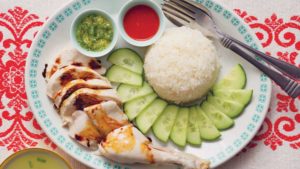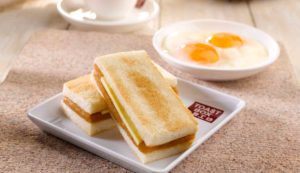Nitrile gloves are a great way to protect your hands from bacteria, chemicals and other substances that may negatively impact your health. Not only are they cheaper than latex and vinyl gloves but also more comfortable to wear. Nitrile gloves come in all different sizes and thicknesses depending on the task you need them for!
Nitrile gloves are synthetic rubber made from acrylonitrile, butadiene and styrene. They are often used as a cheaper and more comfortable alternative to latex gloves. Nitrile gloves come in all different sizes and thicknesses depending on the task you need them for. They can be used for tasks such as:
– Handling food
– Cleaning
– Gardening
– Laboratory work
– Safety in industrial settings
The benefits of wearing nitrile gloves
When shopping for protective gloves, you will likely encounter nitrile, vinyl, and latex. So, why and when should you choose nitrile gloves?
According to Bergamot, nitrile gloves are cheaper than latex and vinyl. If you are looking for good value for money, you can always go for nitrile gloves. They offer you almost the same amount of protection for harmful substances but for a cheaper cost.
Nitrile gloves are more comfortable to wear for long periods of time. This is particularly important for those who will be working long hours with their gloves on. Some gloves tend to be too tight or too warm for long-term use, but nitrile gloves are designed for comfort. Getting the right size for your hands will still play a crucial role in the level of comfort, though.
Nitrile gloves can be used for tasks that require dexterity and sensitivity, such as handling food. This is because nitrile gloves are thinner than latex gloves, which allows for a better sense of touch.
Overall, nitrile gloves offer you great protection against harmful substances at a fraction of the cost of other types of protective gloves. When choosing nitrile gloves, be sure to pick the right size and thickness for the task at hand from a legit nitrile gloves manufacturer in Malaysia.
How to care for and store nitrile gloves
When storing nitrile gloves, be sure to keep them in a cool and dry place. Do not store them in direct sunlight or in an area where they may be exposed to high temperatures. If you have not used your nitrile gloves for a long time, make sure to check for holes or tears before using.
It is also important to keep nitrile gloves away from sharp objects. If the gloves are punctured, they will no longer be effective in protecting your hands from harmful substances. In general, nitrile gloves should be replaced every few months to ensure that they are still effective in protecting your hands. But it’s best to replace your nitrile gloves every after use to ensure full protection.
If you follow these simple tips on how to care for and store nitrile gloves, you will be able to get the most out of them.
Conclusion
Nitrile gloves are a great way to protect your hands from bacteria, chemicals and other substances that may negatively impact your health. They come in all different sizes and thicknesses depending on the task you need them for! When shopping for protective gloves, be sure to pick nitrile gloves for the best value for money. Be sure to store them in a cool and dry place when you are still not using them. Lastly, it is important to only buy your gloves from a trusted nitrile gloves manufacturer in Malaysia.



